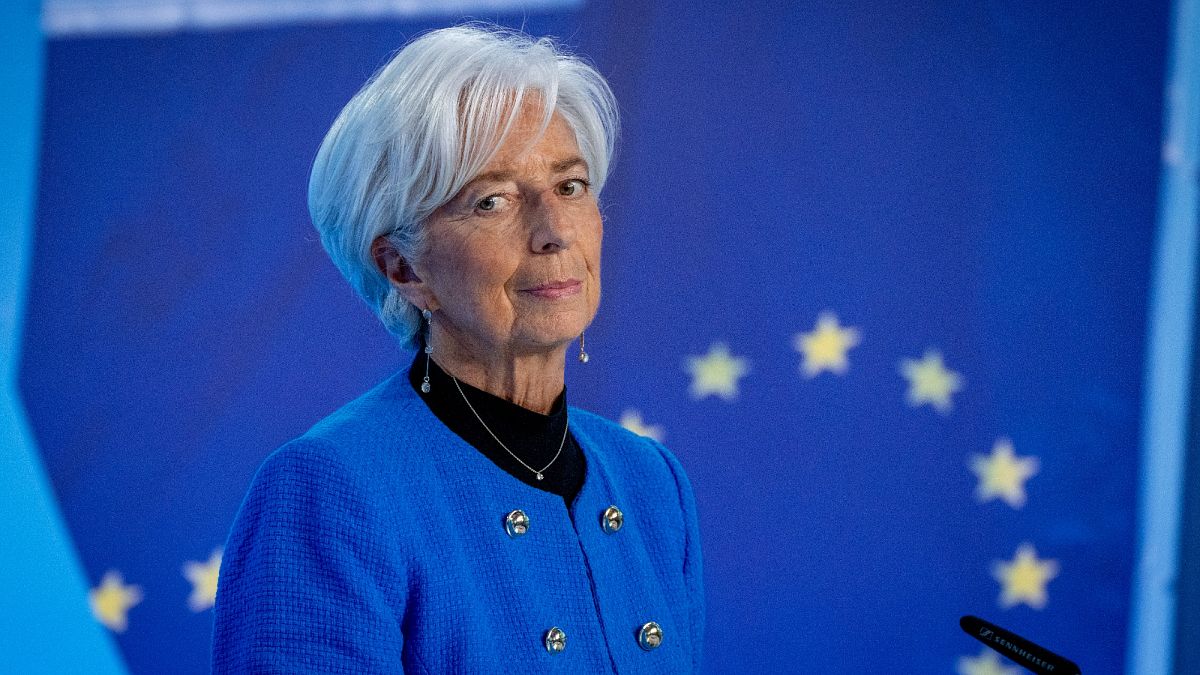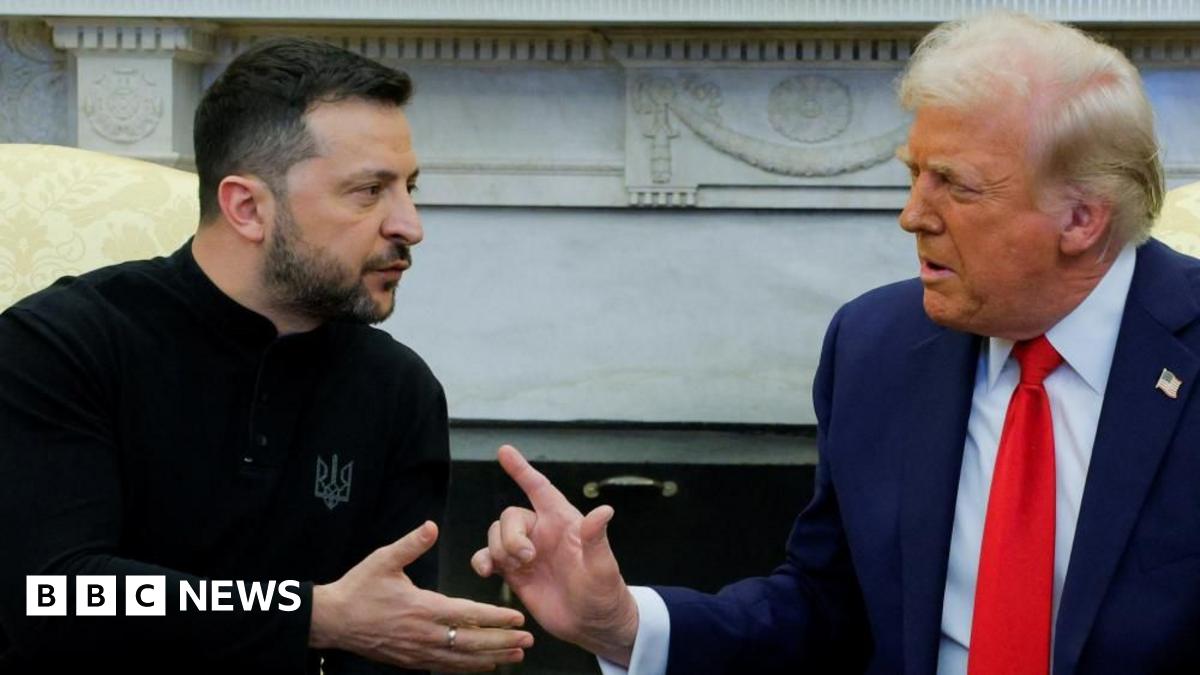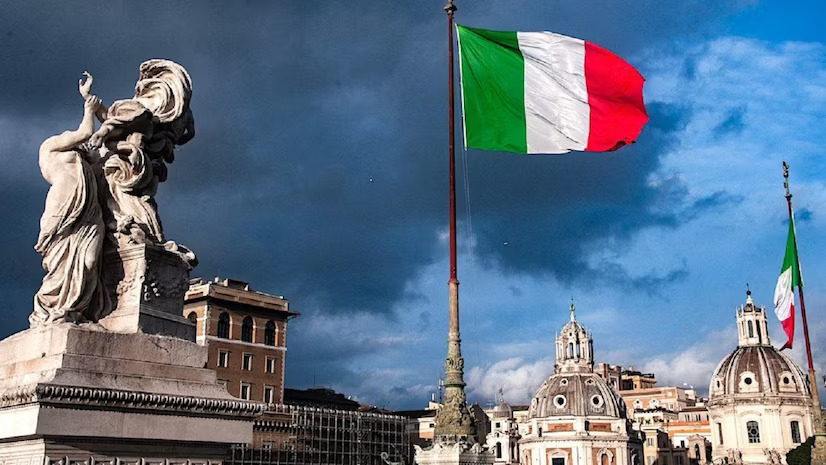- PE 150
- Posts
- Mining’s new PE gold rush?
Mining’s new PE gold rush?
This week we explore the mining sector and its Private Equity backing.
Happy hump day, !
This week we explore the mining sector and its Private Equity backing.
Trump’s oil tariff plan squeezes Canada, hikes U.S. prices, and hands the White House a $20B revenue win.
European banks show stark liquidity gaps—while Lithuania and Malta boast strong buffers, Germany and France hover near the regulatory edge.
Roark Capital adds Dave’s Hot Chicken to its fast-food empire with a $1B deal, solidifying its franchise dominance.
— P.E. 150 Team
Table of Contents

Mining for Returns: Private Equity’s Strategic Play in Metals & Mining
The global metals and mining sector is no longer just about extracting raw materials—it has become a battleground for private equity firms seeking high-value, strategic investments. As the world accelerates its transition to clean energy, demand for critical minerals like lithium, nickel, and copper has skyrocketed, pushing PE dealmaking in the space to record highs. In 2023, transaction values peaked at $10.52 billion across 124 deals, reflecting investor enthusiasm for resources essential to electric vehicles, renewable energy, and advanced manufacturing. However, 2024 has brought a shift, with deal volume declining, indicating a move toward quality over quantity in an increasingly competitive and volatile market.
Yet, while global activity has cooled, Europe is defying the trend, with PE investments nearly doubling year-over-year. The EU’s push for localized supply chains, green energy mandates, and government-backed incentives have turned the region into a prime destination for capital deployment. Meanwhile, sovereign wealth funds and institutional investors are reshaping the sector’s competitive landscape, driving up valuations and forcing PE firms to refine their strategies. From billion-dollar acquisitions to emerging fund strategies, this report uncovers the key forces shaping private equity’s evolving role in the metals and mining sector—where the next wave of opportunity is being forged.
In partnership with Range
Most firms manage portfolios. Few optimize wealth.
Why do investment bankers, PE sponsors, and executives spend their days optimizing deals—yet let their own wealth sit under-managed?
Your financial world isn’t just stocks and bonds. It’s carried interest, RSUs, alternative investments, real estate, and tax strategy—all moving parts that need to work together. That’s why Range built a modern, all-in-one wealth management platform designed for high-income professionals like you.
After years of working with top executives and investors, Range developed a flat-fee fiduciary model that eliminates conflicts of interest. Their expert advisors integrate investing, taxes, equity planning, estate structuring, and real estate strategy—all through a single sophisticated platform.
And even if you already have a wealth manager, you’d be surprised how much in fees you could save.
Ready to make your wealth work as hard as you do?
Book a personalized demo and see how Range helps investment professionals optimize every dollar.

Saudi Arabia’s Private Equity Ascent Reshapes MENA’s Investment Landscape
Saudi Arabia is firmly establishing itself as MENA’s private equity leader, overtaking the UAE in 2023 and accounting for 41% of total transactions—a sharp rise from 20% in 2020. This shift is fueled by Vision 2030 initiatives, sovereign wealth fund backing, and a maturing investment ecosystem that’s drawing global capital. Saudi Arabia’s investment share surpassed 50% in 2024, marking a major transformation in regional PE dominance.
Despite a 14% CAGR in MENA’s PE activity, deal volume declined in 2023 and 2024, reflecting tighter credit conditions, rising interest rates, and a retreat from debt-heavy buyouts. The market has shifted toward PE growth deals, which surged to 71% of transactions by 2024, signaling investor preference for scalable businesses over outright acquisitions. Telecom led in 2024, capturing 47% of total PE value, reinforcing investor focus on digital infrastructure.
Looking ahead, mid-market growth plays and sector-focused investments will dominate MENA’s PE landscape, particularly in finance, telecom, and healthcare. The absence of leveraged buyouts since 2023 may shift if interest rates decline, but investor caution remains. With Saudi Arabia’s PIF and Abu Dhabi’s ADQ leading mega-deals, sovereign wealth funds will continue to shape the market.
Premium Perks
Since you are an Executive Subscriber, you get access to all the full length reports our research team makes every week. Interested in learning all the hard data behind the article? If so, this report is just for you.
|

European Banks Coverage Ratios Show Stark Divergence
Liquidity remains a critical risk metric for investors and financial institutions, and the latest Liquidity Coverage Ratio (LCR) figures from the European Economic Area (EEA) paint a mixed picture. At the top of the list, Lithuania (396.6%) and Malta (374.8%) boast exceptionally high liquidity buffers, signaling strong short-term resilience. On the lower end, Germany (149.4%) and France (147.8%) sit closer to the regulatory minimum,
While a high LCR indicates a bank's ability to weather short-term funding stress, it can also suggest overly conservative capital allocation, a delicate balance for institutions looking to deploy capital efficiently. Poland (235.7%) and Portugal (246.3%) hold solid mid-tier positions, while the EU average (163.2%) remains a key benchmark. As rising interest rates and market volatility challenge traditional lending models, investors should watch liquidity trends closely, particularly in markets where credit tightening may trigger funding stress.
For PE professionals, Banks with excess liquidity may have greater capacity to finance acquisitions, while those closer to regulatory thresholds may face tighter capital constraints. As liquidity conditions evolve across the bloc, strategic capital deployment will require a keen eye on bank funding stability and the broader macro backdrop.

Roark Gobbles Up Another Franchise with $1B Dave’s Hot Chicken Deal
Roark Capital just ordered another fast-food giant off the menu, acquiring Dave’s Hot Chicken for a reported $1 billion. The PE firm, already behind Subway, Arby’s, and Culver’s, is doubling down on the franchise model, lured by steady royalties and scalability.
Dave’s, which boasts over 250 locations and $1 billion in sales, has become a fast-food juggernaut. But with rising labor costs squeezing margins, its founders (and part-owner Drake) decided it was time to sell. Roark, already the king of PE-backed fast food, beat out rival bidders for the spicy asset.
With this deal, Roark further cements itself as the most powerful force in franchise dining. The only question now: What’s next on the menu?
In partnership with Range
Your wealth is more than just your portfolio—it’s your entire financial picture. That’s why Range built a modern, all-in-one platform that helps high-earning households manage everything from investments to taxes, real estate, and equity compensation—all for a single flat fee.
Ready for a smarter approach to wealth management?
Book a complimentary demo today and see how Range helps you unlock the full potential of your money.

Private Credit: The Small, Leveraged, and Fast
Private credit borrowers are smaller, more leveraged, and more expensive than their public-market peers—but that’s exactly why they exist.
With a median size of just $500M, private credit firms are dwarfed by leveraged loan ($4.6B) and high-yield bond ($4.5B) issuers. Yet, they carry the highest debt-to-EBITDA ratios (4.73x) and almost exclusively use floating-rate debt, making them especially sensitive to rate hikes.
So why do firms choose private credit? Speed, flexibility, and necessity. Many are too small or too risky for bank loans or syndicated debt. Others prefer the confidentiality and customized terms that private lenders offer.
With rising rates squeezing highly levered borrowers, the private credit market is walking a fine line between opportunity and risk—and investors are watching closely.

The Trump Tariff Tango: The (White) House wins
The U.S. is threatening to slap a 10% tariff on Canadian oil, and the numbers are ugly. Goldman Sachs estimates it would hit Canadian producers for $7 billion annually—ouch. But U.S. consumers get it worse, with a $22 billion blow in higher prices. The real winner? The U.S. government, raking in $20 billion a year in tariff revenue.
Canadian heavy crude isn’t going anywhere—it’s too crucial for U.S. refiners—but the costs will be shuffled between producers, consumers, and traders. Some experts argue Canadian oil producers might not take the full hit, given how essential they are to U.S. refineries. Others worry about the long-term damage to North American energy ties.
Bottom line: If Trump follows through, get ready for pricier gas, tighter margins, and an economic headache on both sides of the border.

The Day Washington Stopped Talking and Started Doing
Franklin D. Roosevelt’s first inaugural address on March 4, 1933, was more than just words—it was an economic intervention. With banks collapsing and unemployment soaring, Americans weren’t looking for inspiration; they were looking for survival. Roosevelt, however, understood that fixing the crisis started with fixing the national psyche. So, he stood before 150,000 anxious citizens and millions more on the radio and dropped one of the most iconic lines in political history:
"The only thing we have to fear is fear itself."
Markets didn’t instantly recover, and breadlines didn’t disappear overnight, but the tone was set. Over the next 100 days, FDR rolled out reforms at a speed that would make today’s policymakers dizzy. The New Deal was born, Wall Street got reined in, and America learned a valuable lesson: confidence isn’t just a mindset—it’s a financial strategy.
Love PE150? Stay Ahead in Healthcare Too.
Healthcare150 delivers insights, information, and actionable tools to stay ahead - in 5 minutes a week. Subscribe now


In 2021 El Salvador became the first country to make bitcoin legal tender, alongside the dollar. The president vowed to raise billions via tokenised blockchain bonds. Now the cryptocurrency is being curtailed—and that may be a blessing 👇
— The Economist (@TheEconomist)
5:54 PM • Mar 3, 2025
"Don't let the fear of losing be greater than the excitement of winning"
Robert Kiyosaki









